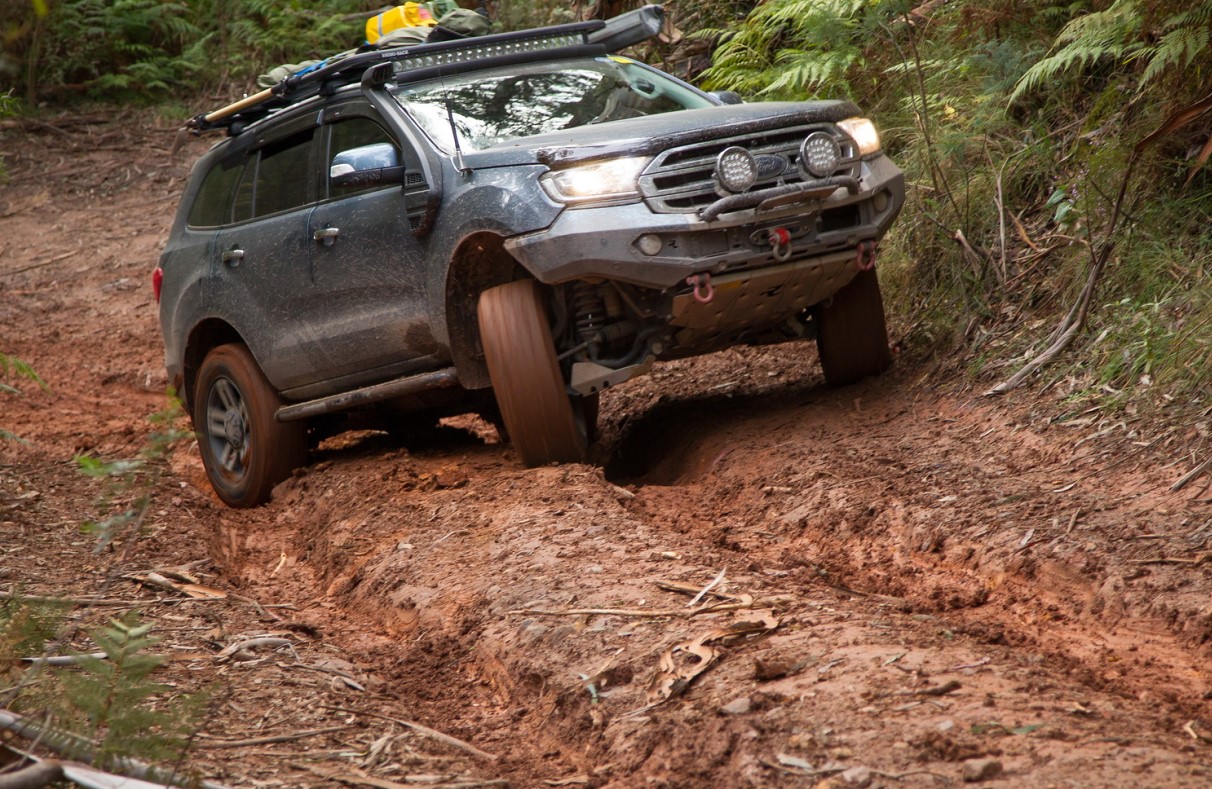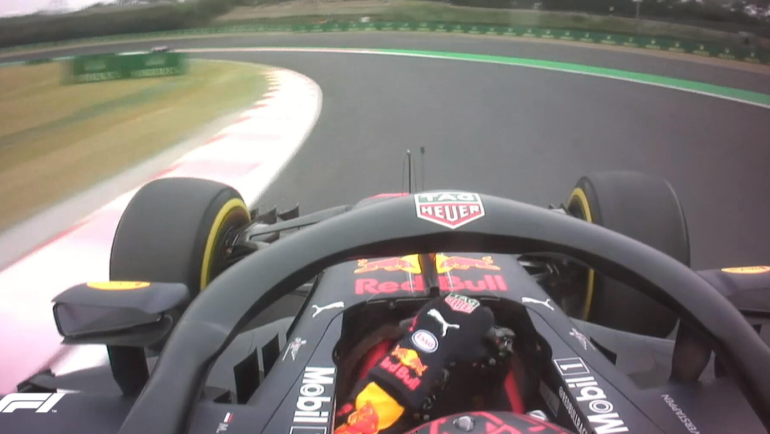
Why are different traction control calibrations needed?
“Robert, could you please explain why different brake traction control calibrations are needed? I (perhaps incorrectly) presume that a BTC program that intervened as immediately as possible and stopped applying the free wheel’s brake as soon as it regained traction would be ideal for all off-road situations”
At first sight, Brake Traction Control (BTC) has a simple job. All it needs to do is compare the speeds of both wheels on an axle, and when one wheel is faster than the other, apply the brakes just to that wheel. Of course, there’s a lot of complexity behind that simple task. First, how much wheel speed difference should be allowed? Wheels may rotate at different rates due to tyre inflation for example, and then there’s turning – the inside wheel will naturally slow down relative to the outside. You can’t necessarily go off the steering wheel input either.
Then, how much to apply the brakes for, and for how long? What about the speed of the car – if there’s a wheel speed difference of 15% at 10km/h, is that the same as 15% at 100km/h? It’s not, the car would be doing entirely different things. And then other programmes get involved, such as ESC and engine traction control. The throttle position makes a difference too, as does considerations of shock-loading components through brake application. And what if components of the system overheat?
The quality of the data is also another consideration. Over the years the sensors have improved so the computers can tell precisely which wheel is doing what, whereas before sensors were a lot less precise. And there’s new sensors; cars now measure pitch, yaw, roll, temperature and many other factors, all of which roll into the calibration of electronics.
The terrain plays a part too. Every driven tyre on every surface slips just a little, which means there’s a certain amount of wheelspin. The slip is tiny on a bitumen road, but significant on sand as it is loose surface, kind of like how a boat propeller churns through water. So, the optimal wheel slip value varies with different surfaces, and therefore the brake traction control needs to allow more, or less slip before it intervenes. This is why vehicles have adaptive terrain systems with different modes for Sand and Rock, the two extremes of wheel slip terrains. Rock mode in sand isn’t a good idea, unless you are trying to slowly crawl out of a rut.
Then consider that all the above is for the same vehicle – now consider two vehicles with different diameter tyres, braking power, engine power and designs. All that will change the calibration too.
Brake traction control is explained and demonstrated below:


